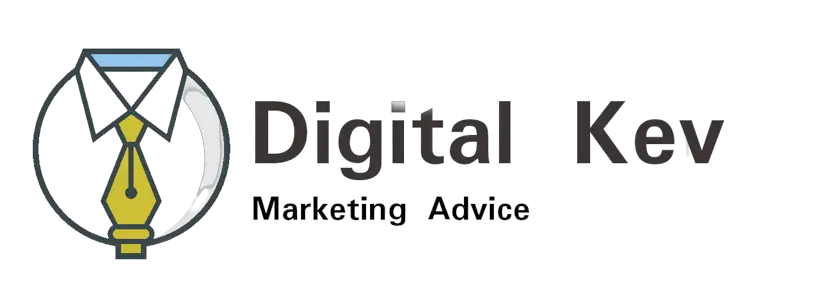Negative SEO can be a real threat to your website’s success. But what exactly is it? Negative SEO is the practice of using unethical techniques to harm a website’s search engine rankings. This can include hacking, spamming, link building, and other tactics intended to trick search engines into believing that your website is lower quality than it actually is. The result? Your website is penalized or even removed from search engine results pages (SERPs), seriously decreasing your visibility and traffic. So, what can you do to protect your website from negative SEO attacks, and in the event of an attack, what are the steps to recover?
Preventing Negative SEO: Best Practices
Prevention is always better than cure.
There are several best practices you can use to keep your site safe.
Firstly, regularly monitor your website’s traffic, ranking, and backlinks using Google Analytics and other tools. This will allow you to keep track of any sudden drops or changes in your site’s performance.
Secondly, secure your website and maintain updated software by using an SSL certificate, updating software versions, and securing login credentials. You can also restrict access to sensitive information to prevent unauthorized changes to your website.
Finally, disavow spammy links and optimize your website for user experience to improve your website’s relevancy and decrease the chances of a negative SEO attack.
Recovering from Negative SEO: Best Practices
If you suspect that your website is the victim of a negative SEO attack, it is important to act quickly. First, identify the type of negative SEO, whether it is spammy links or a hack. Once identified, contact the search engine and request re-evaluation of your site. You can also proactively build your website’s backlinks and improve your website’s content and design to improve your site’ s relevancy.
Hiring an SEO Professional to Protect Against Negative SEO
Hiring an SEO professional can help protect your website against negative SEO attacks. They will monitor for negative SEO patterns, conduct regular audits, and make any recommended changes to reduce the likelihood of an attack. When hiring an SEO professional, look for qualifications such as certification from Google and other organizations, experience in the industry, and good client feedback. Don’t be afraid to ask potential SEO professionals about the strategies they use and the results they have achieved for other clients.
Conclusion
Negative SEO can be a serious threat to your website’s success. However, by following best practices for prevention and recovery, you can protect your website against an attack. By hiring a qualified SEO professional, you can ensure that your website is always monitored and protected from these types of threats.
FAQs
1. Can negative SEO impact my reputation?
Yes, negative SEO can have a significant impact on your reputation. If your website has been attacked, visitors may become wary of your site, leading to a decrease in traffic and sales.
2. Is prevention the only way to protect my website from negative SEO?
No, there are steps you can take to recover from a negative SEO attack. However, prevention is always better than the cure, so it’s important to take steps to protect your website proactively.
3. How long does it take to recover from a negative SEO attack?
The recovery time varies depending on the severity of the attack and the effectiveness of your recovery efforts. It may take weeks or even months to fully recover.
4. How do I know if my website has been impacted by negative SEO?
You can monitor your website’s traffic, rankings, and backlinks using tools like Google Analytics to identify any sudden drops or changes in performance.
5. Can negative SEO attacks be reported to Google?
Yes, you can report negative SEO attacks to Google. After evaluation, Google may take action against those responsible for the attack.

